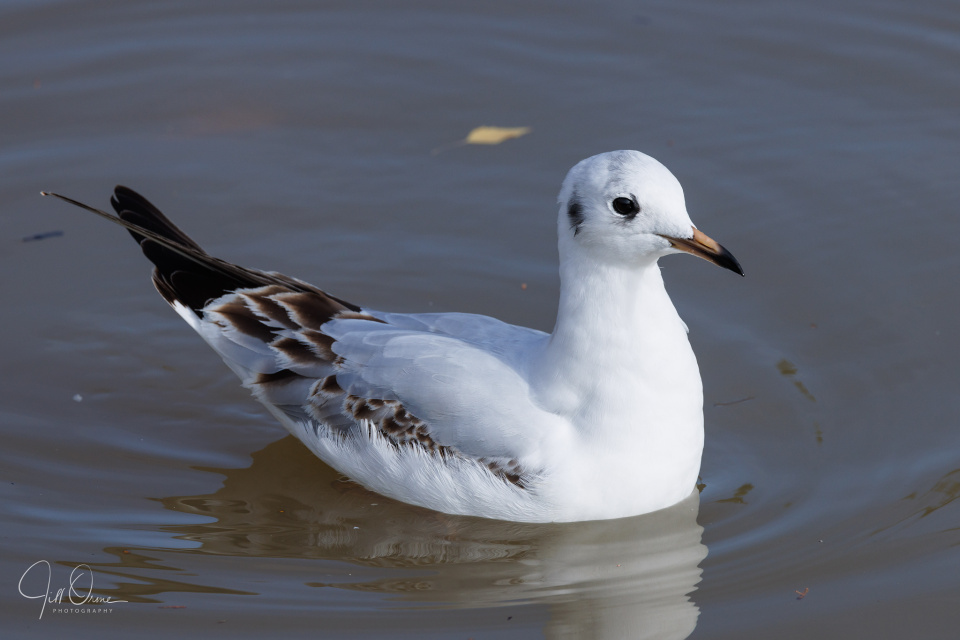R had an appointment in Stratford this morning, and I tagged along so as to avoid all the work waiting for me at home. I didn’t get where I am today by being diligent.
While R was busy I went down to the river, but there were no dragons to be found – unsurprisingly, I suppose, given that the temperature was only in the low teens, though Common Darters at least can fly at about 10°. Cheated of dragons I walked on to the weir, hoping for a heron, but the Avon is still flowing quite deep and fast, so again I wasn’t too surprised that no-one fancied fishing from the concrete steps this morning. Tufties, I thought, heading for the theatre – but once again, there were none, the lone female Tufted Duck I’d seen on Monday having taken herself off in search of friends.
Luckily this is gull season. The Black-headed Gulls have left their breeding grounds and spread out around the nation’s water bodies to maximise their chances of finding enough food to see them through the winter, and they’ve been arriving in Stratford over the past few weeks. Strangely, they all disappeared again last week during the storms, but by this morning a few had returned.
This is a first winter bird, identifiable by the remains of its juvenile brown and white plumage, and by a bill that’s tan and black, rather than red. If its legs were visible you’d see that those were tan coloured as well. It won’t reach full maturity and breed until it’s two years old, but could well live between ten and twenty years. The oldest known ringed specimen was over thirty two years of age.
R: C5, D22.







